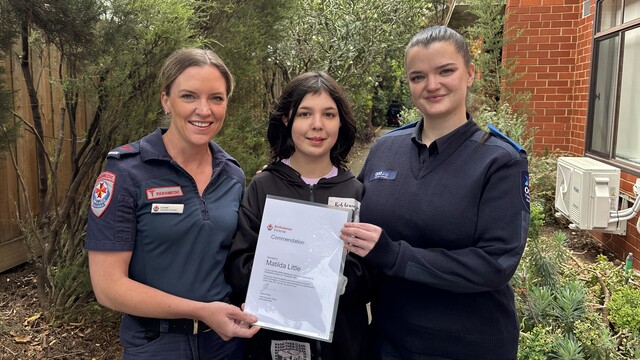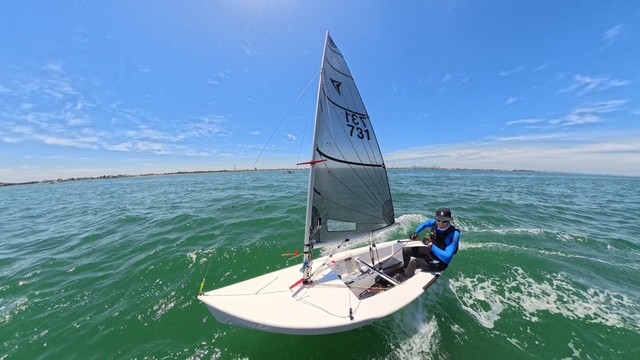HOW do you compare with your Hobsons Bay neighbours?
The 2011 census data, released last week, shows that of the municipality’s 83,863 residents, 61 per cent (25,603) have a full-time job, which is 2.1 per cent above the state average.
Twenty-seven per cent (11,418) work part-time and 5.6 per cent (2354) are unemployed.
Sixty-seven per cent do unpaid domestic work, 26 per cent care for children, 14 per cent volunteer, 11.5 per cent provide unpaid assistance to someone with a disability, and 21 per cent (5142) attend a tertiary or technical institution. Forty-eight per cent (32,968) are married, 11.3 per cent (7780) divorced or separated, and 34 per cent (23,786) have never married.
There are 35,348 private dwellings with an average of 2.6 people and 1.6 cars per household. The average family has a median weekly income of $1568, while the median weekly personal income for people over 15 is $582, or $21 more than the state average.
Median monthly mortgage repayments are $1800 — $100 more than the state average — while median monthly rental is $1217, compared with the state average of $1200. Women outnumber men 42,244 to 41,619.
There are 22,487 families and the median number of children is 1.8 per family. Of the families, 35 per cent (7903) of couples have no children while 16 per cent (3724) are single parents, including 17 per cent being single dads or other male guardian.
The five most common backgrounds are Australian (21,674 or 20.4 per cent), English (21,504), Irish (7615), Scottish (6132) and Italian (5796). Thirty-two per cent (10,218) speak a language other than English at home, the most common including Arabic, Italian, Greek, Vietnamese and Maltese.
People with both parents born in Australia numbered 31,788 while 36,740 people had both parents born overseas — 8.9 per cent higher than Victoria’s average.
The main religion was Catholic (25,887 or 30.9 per cent), while 18,470 or 22 per cent of people listed no religion on their census form. Muslims numbered 3983 or 4.7 per cent.
Sixty-five per cent of people got to work by car, 9.3 per cent by train and 1.3 per cent cycled.






